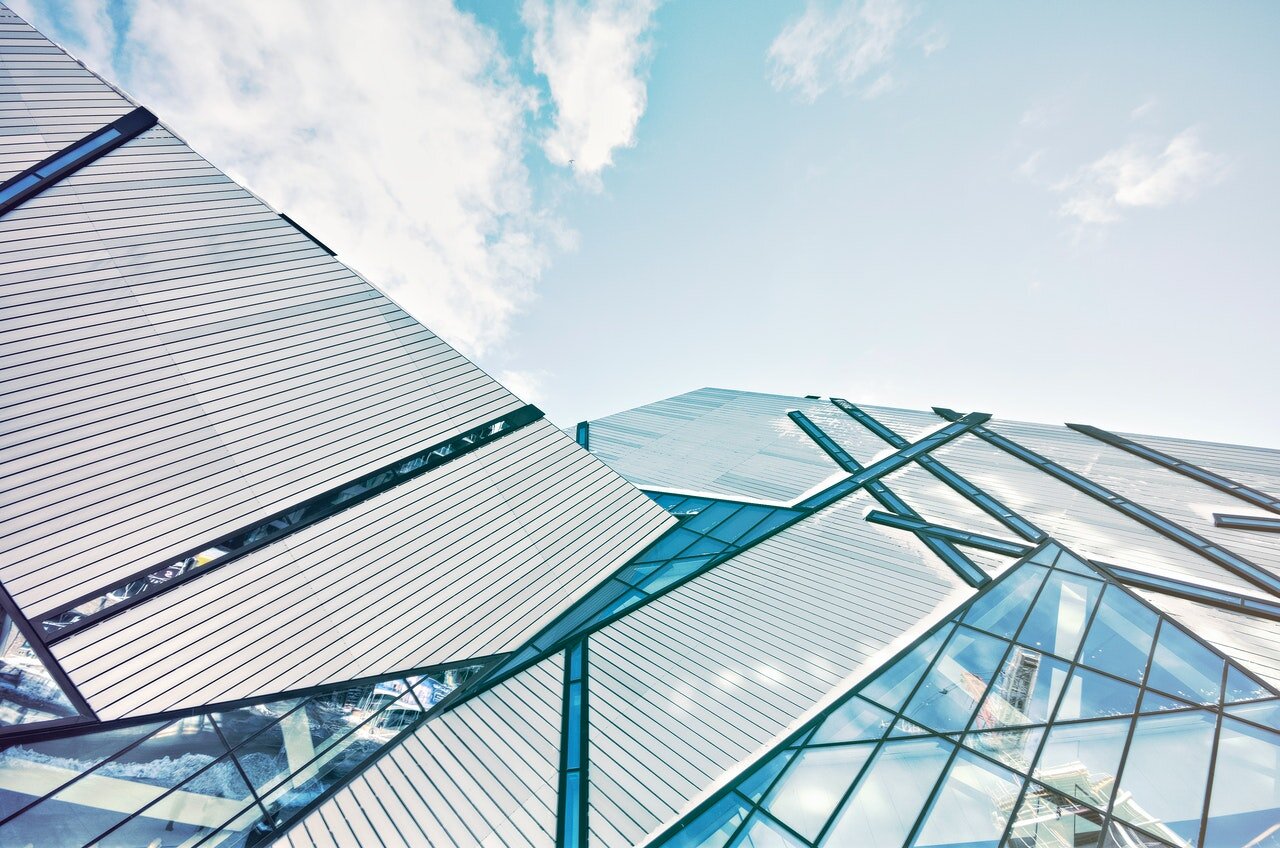Building a greener world for the generations to come does not mean battling urbanization or fighting the inevitable. Among other things, that means altering the concepts of urban development to accommodate the needs of a rising population while building a more sustainable way of life for the generations to come.
The cities of the future need to change dramatically in order to help the fight against climate change, preserve the natural world, and conserve finite natural resources around the world. However, it’s not just about our connection to Mother Nature, it’s also about ensuring safety, education, financial stability and employment, and other basic human rights. With all of that in mind, let’s take a look at the key characteristics that all sustainable cities must have.
Bringing nature back into the cities
Throughout the decades, we have continuously lost our touch with the natural world as cities continued to expand and global populations continued to pour into urban environments. The promise of employment and the idea of a better life in the city often overshadowed our basic need for interaction and a deep connection with nature. That said, time has shown that cities cannot survive as concrete jungles, as younger generations have started fleeing the cities in search of a more sustainable way of life.
If the cities of the future are to survive and even thrive, then breaking the barrier between urbanization and the preservation of nature is paramount. Sustainable cities need to boast thriving green spaces intertwined with buildings that also promote sustainability through biophilic design and eco-friendly practices and solutions.
Embracing technological innovation
Technology defines our present and our future. It is the way forward for humankind in many key ways, and it’s important to note that embracing technological innovation can help us build more sustainable cities. The business sector is a prime example of the use of modern technology to achieve numerous goals, ranging from higher efficiency and overall sustainability, to higher productivity and output.
Given the fact that the cities are increasingly becoming business and technological hubs, it’s important for the business sector to employ technologies such as IoT and artificial intelligence, as well as other advanced solutions to help create a more sustainable place to live. However, it’s not just the business sector that needs to embrace technology, as the governmental and residential realms also need to leverage smart tech to build more sustainable infrastructure systems as well as eco-conscious residential areas that thrive on conservation and preservation.
Energy efficiency and safety through public lighting
One of the most important characteristics of sustainable urban environments that not many people think about is sustainable public lighting. In order to improve the overall safety of the city as a whole, architects in urban design need to consider LED options for streets and roads that were specifically made to accommodate the needs of a new generation, more vehicles, and the infrastructure as a whole.
However, it’s not just about safety, as there is a real need to reduce the energy consumption of the public lighting system. This is why cities need to embrace LED and smart technologies to build public lighting systems that conserve energy and are able to alleviate the pressure off the municipal power grid. This will make the cities of the future considerably less wasteful while elevating public safety and comfort.
Providing access to public resources
Another foundational pillar of all sustainable cities should be the right to many essential public resources. One of the biggest reasons why people nowadays fleeing the cities is because modern urban environments rarely provide the essential rights like education, clean water, electricity, security, employment, and many more.
If the cities of the future are to survive and become safe havens for millions of people, then they need to provide access to these public resources to everyone. This requires substantial financial investment and diligent infrastructure planning, which individuals like Lincoln Frost would be able to advise on. Nonetheless, this is the only way to build a sustainable living environment for all.
The shift towards sustainable property development
Lastly, it is important to note that green cities need to continuously evolve through sustainable property investment and development, which requires governmental oversight, strict legal foundations, and incentives for developers. Governments around the world need to pass sustainability directives and regulations for future urban development, in order to incentivize property investors to adhere to green building practices. Only then can we ensure a green future for urban environments and populations.
Materials used in both residential and commercial construction within cities play a role in sustainable developments and can contribute to the reduction in emissions. For example, the use of concrete has been criticised in the past, but as it is so widely used around the world, there is a global initiative to make it greener so contractors can continue to support their local concrete supply company and produce new technologies within cities to help reduce the climate impact. Concrete has many benefits that can support sustainable initiatives for example, its flood resilience, thermal mass, and durability.
Wrapping up
Sustainability has become much more than a buzzword and has grown into a global movement. If we are to build a world worth living in for the generations to come, then we must make the shift towards sustainability in the rapidly-evolving urban environments.







